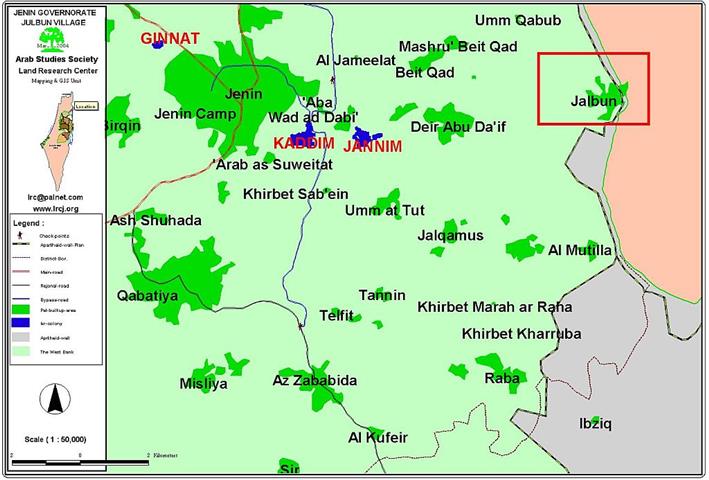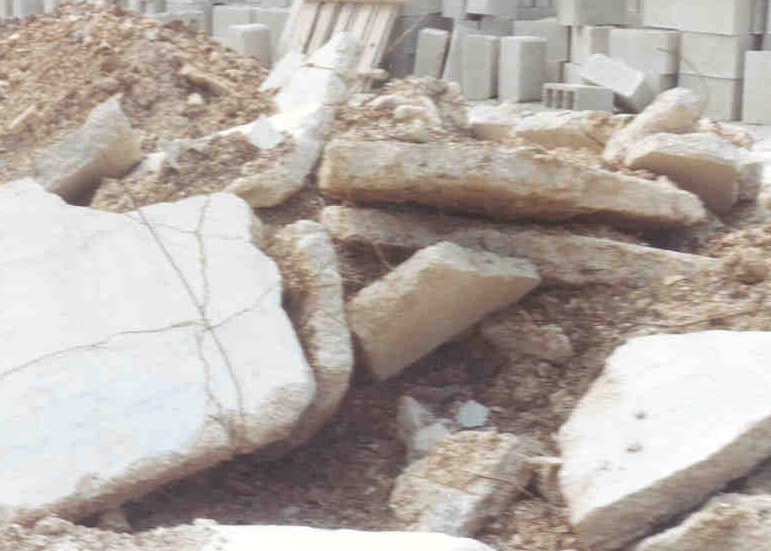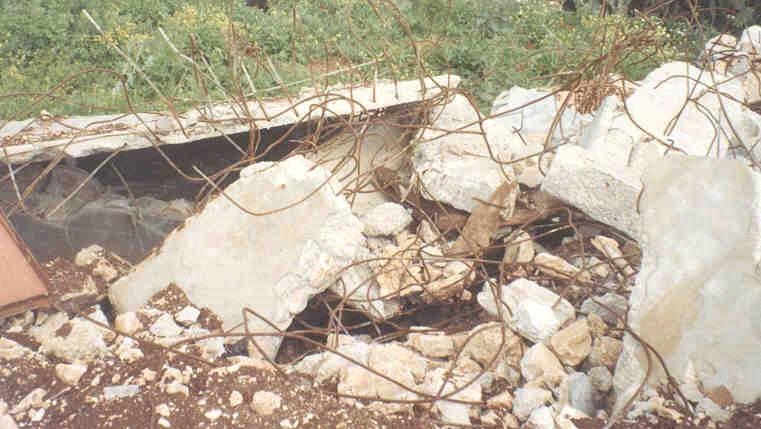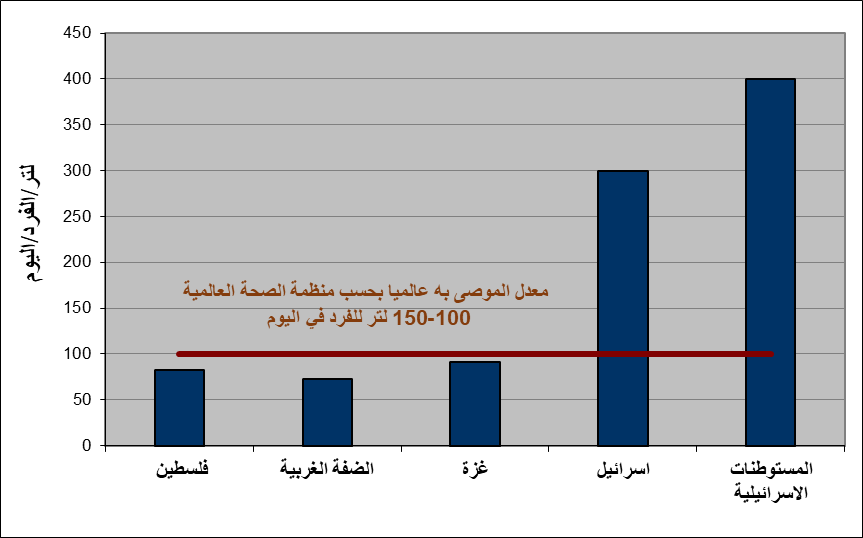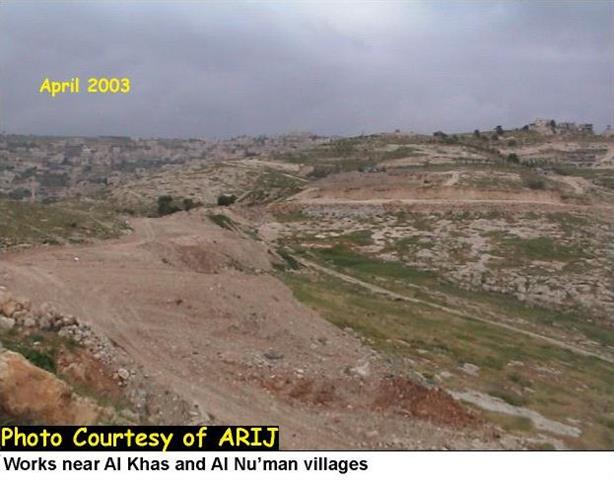Location and Population:
The village of Jalbun is located 12 kilometers to the east Jenin city. It houses a population of approximately 2,500.
The border village of Jalbun ( in red quadrangle) ripped off by the Segregation Wall
Area
The total remaining area of the village after repeated land confiscations and the erection of the Israeli Segregation Wall is 7,500 dunums.
Allowable Built-Up Area: 540 dunums.
Israeli Colonial History:
|
Date of Notification |
Date of Violation |
Name of Victim |
Area |
Violation Type |
|
11/3/2003 |
22/1/2004 |
Mohammad Nafe' Hasan Shalabi |
300 meters2 of structures and a yard whose area is about 1500 meters2 and houses 9 people. |
The demolishing of a brick factory atop its equipment in the village of Jalbun. This factory is only 30 meters away from the Wall. |
|
1998 |
22/1/2004 |
Ahmad Taher Shareef Abu Al Rub |
A 75 meters square house inhabited by 10 people. |
The demolishing of a sheep hutch made out of bricks and zinco. It used to house 35 sheep. It is located close to the brick factory, 50 meters away from the Wall. |
|
15/1/2002 |
22/1/2004 |
Radi Mustafa Mohammad Abu Al Rub |
A 150 meters square inhabited by 9 people. |
The demolishing of a house under construction 25 meters away from the Wall. |
Reasons behind Violation:
According to the Israeli ''Civil Administration'', the above-mentioned structures were demolished under the pretext of not owning a proper permit to build in the ''Green Area, (The area surrounding the Green Line).'' Yet, the owners of the structures believe that the demolition took place due to its proximity to the recently erected Segregation Wall.
Jalbun- Jenin: Mr. Ahmad Taher Shareef standing on the ruins of his destroyed barrack, Photo courtesy of LRC.
Method of Notification:
Mr. Radi Abu Al Rub received a demolition notification (No. 12174) on June 10th 2003 under the pretext of building without permits. See Photo 2
Jalbun- Jenin: Mr. Radi Abu Al Rub standing on the ruins of his destroyed house, Photo courtesy of LRC.
As for the owner of the brick factory, Mr. Mohammad Nafe' Hasan Shalabi, he received a written notification (No. 117084) from the Israeli Civil Administration ordering him to ''immediately'' stop the construction process. The notification, also, indicated that there would be a ''court hearing'' in this regard in Beit El to decide whether or not the factory is to be demolished. In addition, Mr Shalabi appealed to the civil administration on July 7th, 2003 against its decision to stop the construction of the house and his right of submitting a request to have a building license issued.
The main points of the appeal were:
-
The pretexts presented by the Civil Administration were not filed according to accepted procedures and that its main goal was to cause harm and damages to the plaintiff.
-
There were no violation committed by the plaintiff according to laws and regulations of the Territories.
-
The targeted area was never classified as a ''Green Area'' as evident by the relatively large number of establishments built upon it.
According to the above-mentioned reasons, Mr Shalabi pleaded to the Israeli Civil administration that the appeal should be accepted. The appeal was rejected on the 21st of October 2003 and Mr Shalabi, consequently, filed a petition on the next day in Beit El in which a number of points were raised:
1. The plaintiff established the small factory as a source of income for him and his family members;
2. The plaintiff requested a building permit, yet he was denied that without any proper legal justification;
3. The plaintiff is going through very hard times especially given the fact that his family is large;
4. The plaintiff did not mean to intentionally violate any laws as he submitted all what needs to be submitted to gain the proper licenses;
5. The plaintiff is in a poor financial position as he invested all of his monies in the factory. As such, carrying out the demolishing order would cause a great deal of damage to the plaintiff and the members of his family;
6. As such, and for purely humanitarian purposes, the lawyer is petitioning the court to issue its orders to prevent the demolition.
Israeli authorities flatly rejected the petition. The factory was demolished on the 22nd of January 2004. See Photo 3
Jalbun- Jenin: Mr. Mohammed Shalabi standing on the ruins of his destroyed brick factory, Photo courtesy of LRC
Material Damage:
Mr. Shalabi's material damages consisted of the following:
A) Machines and equipment:
|
Machine |
Number |
Price in Jordanian Dinars |
|
Casting machine |
1 |
3,000 |
|
Mixer |
1 |
2,500 |
|
Forklift |
1 |
4,500 |
|
Electrical Generator |
1 |
3,000 |
|
Brick Molds |
8 |
6,800 |
|
TOTAL |
12 |
19,800 |
B) Materials:
| Material |
Quantity |
Price in NIS |
|
Cement |
300 bags |
5,400 |
|
Sand |
4 truck loads |
4,800 |
|
Bricks |
8000 pieces |
16,000 |
| TOTAL |
26,200 |
|
C) Structure:
The total area of the factory was 280 meters2 in addition to a water tank of 120 water cubes capacity. The total value of both was JD 20,000.
D) Land:
About 10 dunums of land belonged to Mr. Shalabi was confiscated in favor of the establishment of the Segregation Wall. To him, these dunums are priceless. See Photo 4
Jalbun- Jenin: Part of the rubble of the brick factor, Photo courtesy of LRC
Problems Caused by these Violations:
Economic Problems:
-
It has been the case that owners of the above-mentioned facilities have worked for most of their lives to collect the monies needed to establish a commercial project that assures them a relatively comfortable life. The erection of the Israeli Segregation Wall made their savings go with the wind.
-
Workers in the brick factory were left without any alternative source of income. There were 8 workers there supporting families consisting of 40 individuals. See Photo 5
Jalbun- Jenin: The ruins of the demolished house of Mr. Radi Abu Al Rub, Photo courtesy of LRC.
Social Problems:
-
The fear and uncertainty created by the present situation has caused the unwillingness of nearby residents to invest in small projects in that area which in turns feeds into the increase of unemployment and the feeling of helplessness.
Prepared by
The Land Research Center
LRC


